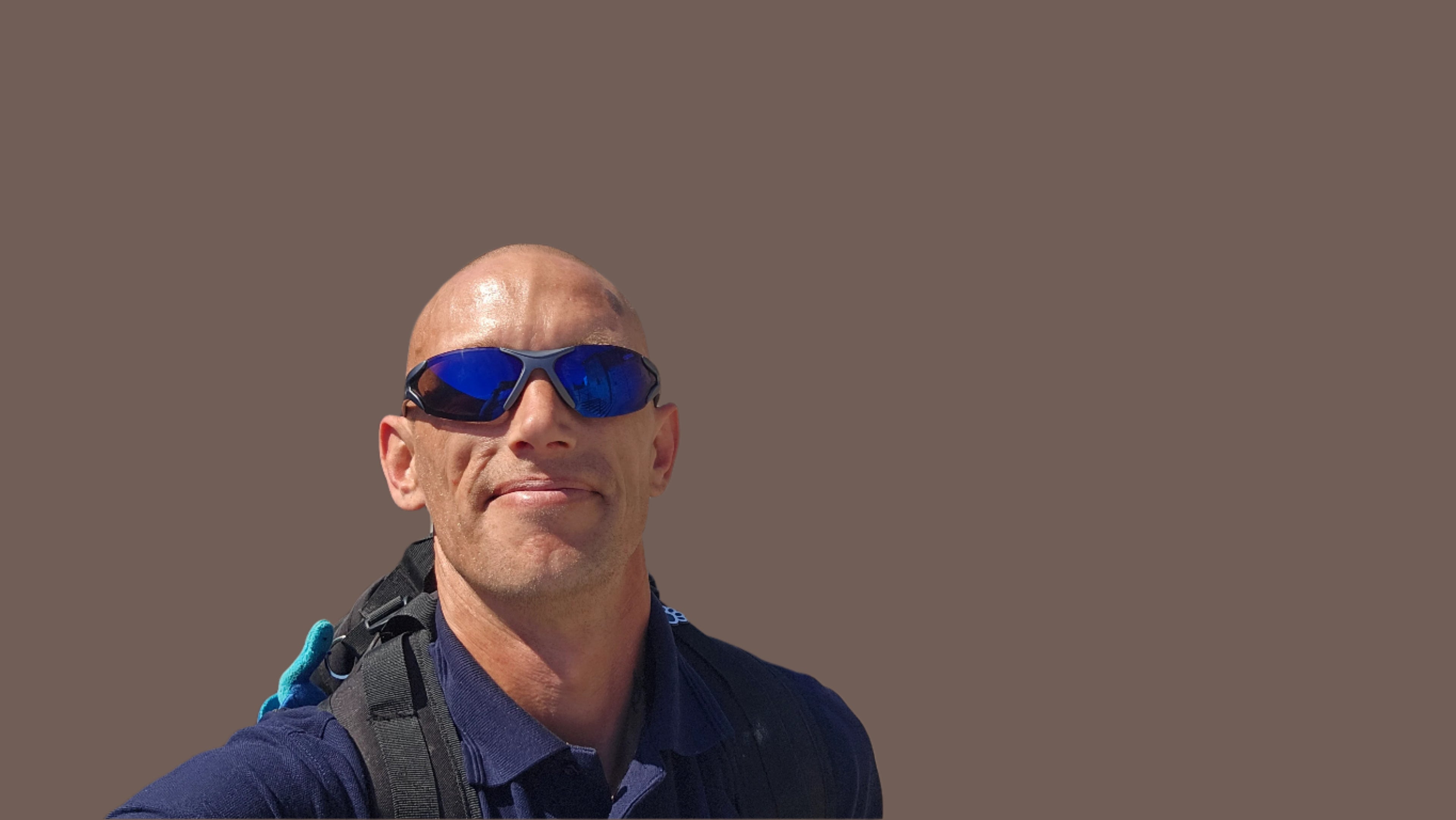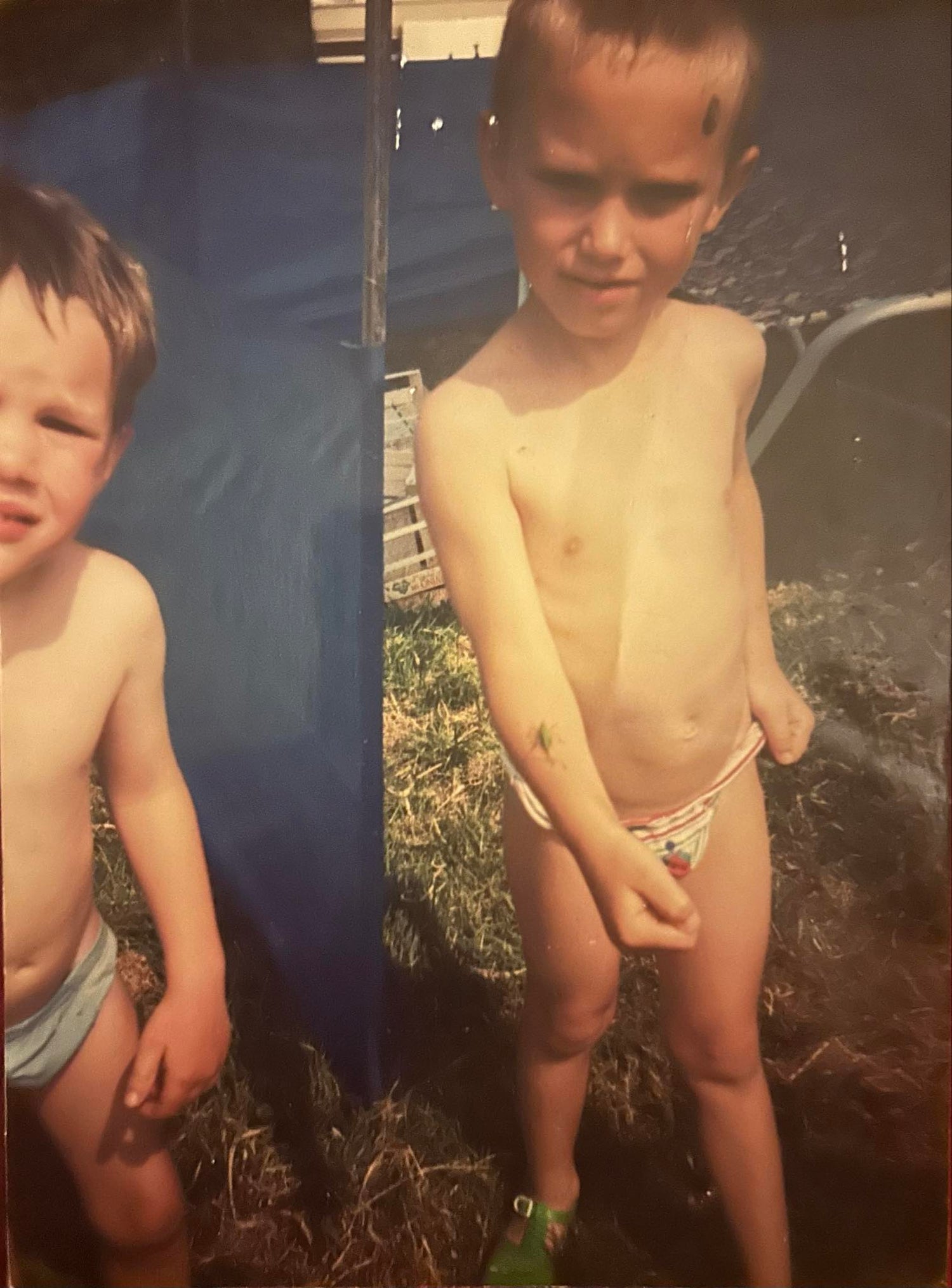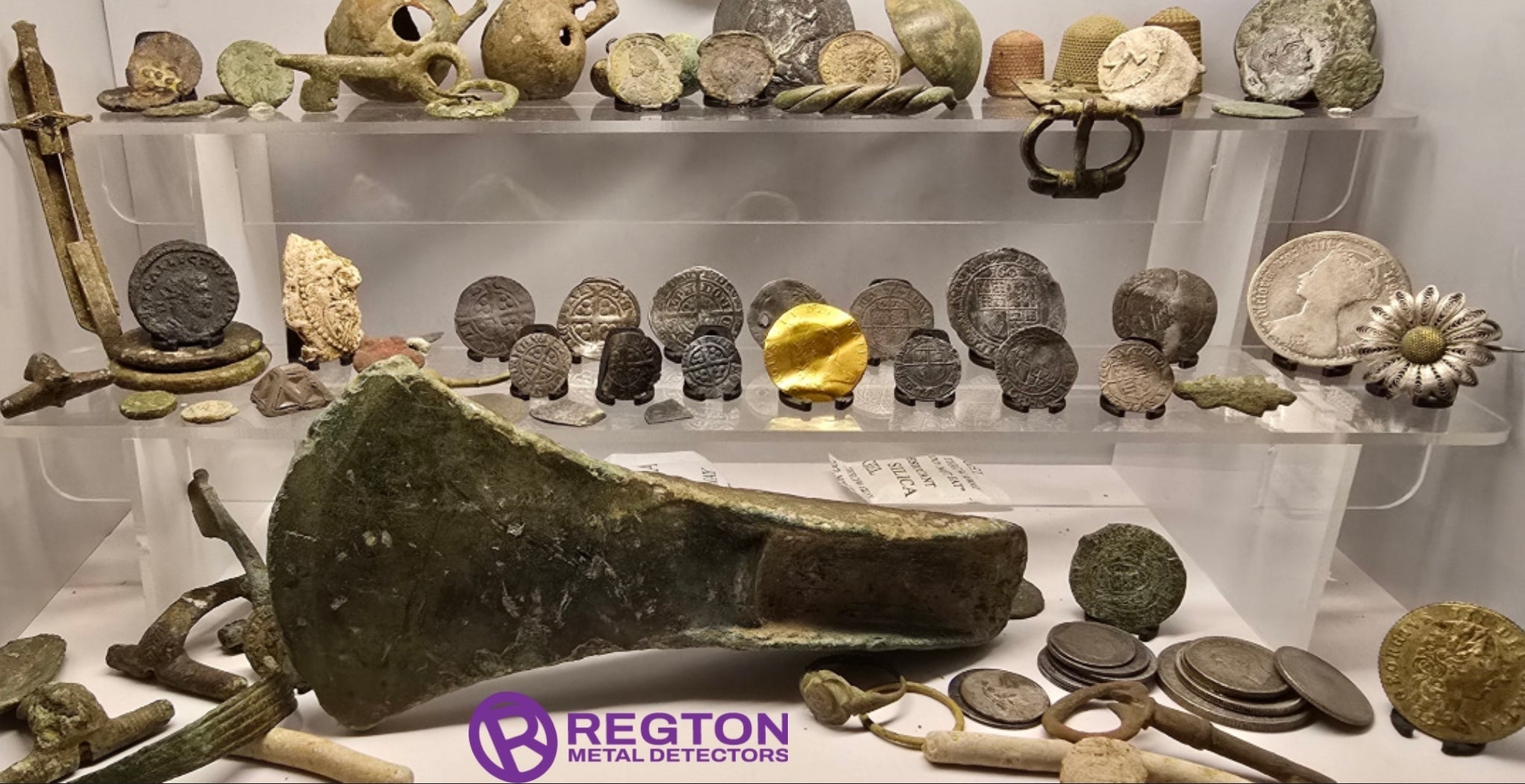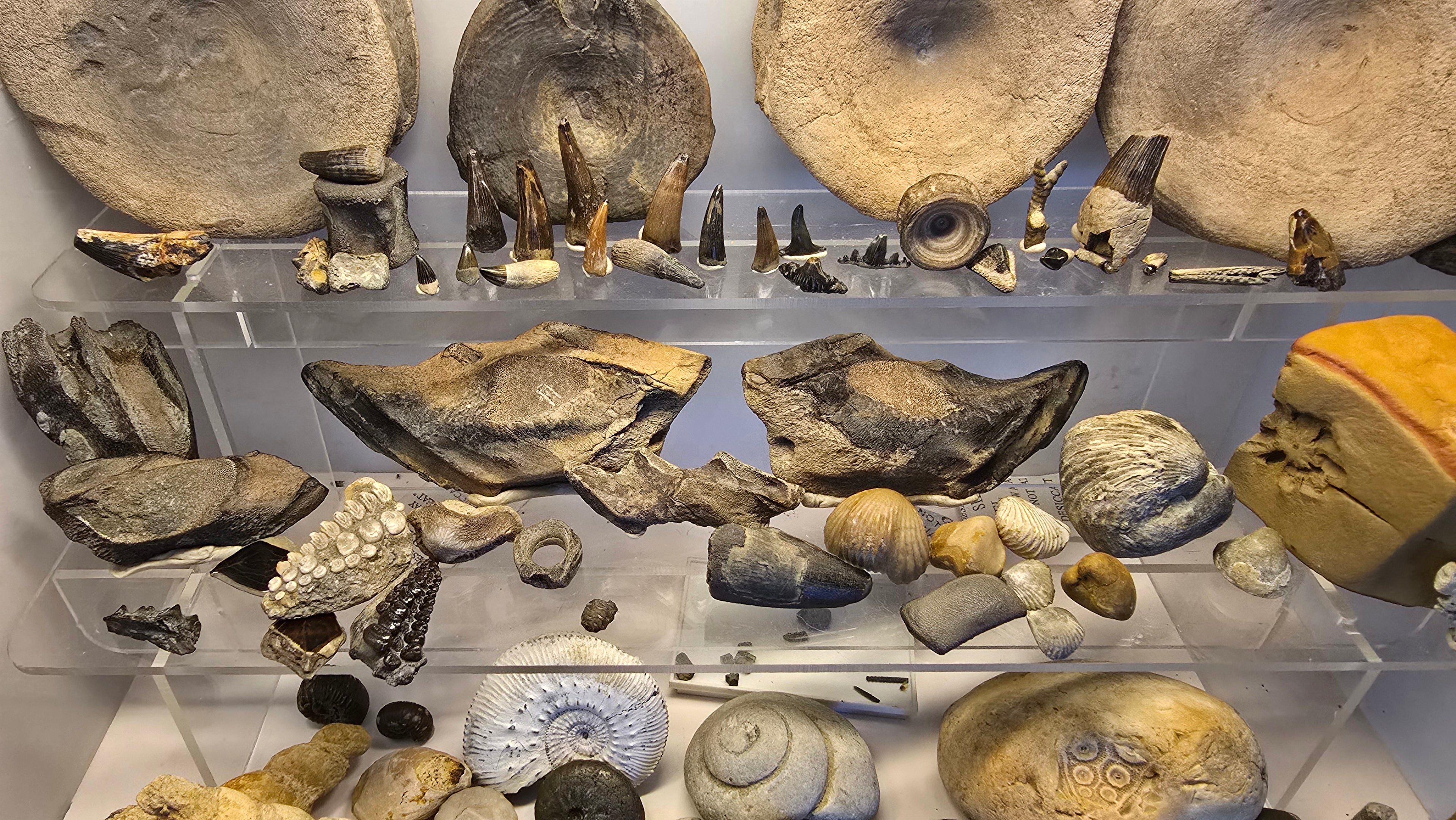

Casey Rich
Casey Rich is an independent field researcher and fossil enthusiast based on Dorset’s Jurassic Coast, where sifting through gravel and clays and chasing tides have become his daily routine. His work centres on the fossil-rich marine deposits of the Jurassic, with a particular focus on the Lower Kimmeridge Clay in the Weymouth area.
Over time, Casey has uncovered some rare and scientifically important specimens, including a beautifully preserved Late Jurassic conifer cone now held by the Natural History Museum, disarticulated pterosaur elements from Smallmouth Sands, and many other remarkable fossils such as a perfectly preserved pliosaur tooth. Many of his finds have been donated to national collections and continue to inform ongoing research.
Though his fascination with the natural world began in childhood, his path into palaeontology solidified later in life. Following a series of lung collapses and subsequent surgeries, a chance encounter with a fossilised lobster claw on a beach near his home during recovery reignited a long-dormant passion – ultimately redirecting his future.
Casey is now co-author on scientific papers with leading palaeontologists and has worked closely with Heather Middleton and Dr Natalia Jagielska on a forthcoming publication documenting a significant pterosaur assemblage from the Kimmeridge Clay. The material, recovered from Smallmouth Sands, includes some of the finest Late Jurassic pterosaur fossils ever found in the UK.
In 2024, Casey played a Team Leader role at the large-scale mammoth excavation in Cerny Wick - one of the UK’s largest Ice Age digs - supporting a team of 180 volunteers and helping to oversee excavation, logging, and recording across a vast, multi-layered site.
In 2025, he returned to the mammoth excavation under very different circumstances. The months leading up to it had been a whirlwind - starting a new job at the museum, coordinating the Lyme Regis Fossil Festival, and balancing life as a father of three (including being the main carer for his autistic son, who is home-schooled). With the dig falling squarely in the summer holidays, he made the decision not to commit fully to the season’s planning, ultimately offering a modest seven days on site - three for set-up, one dig day, and a brief return before being called home. Far from seeing this as a let-down, Casey regards it as a privilege to contribute whatever time he could, in whatever capacity was needed.
Since never using a sieve until the 2024 excavation, he had been keen to avoid it again in 2025. On his local sites - often protected SSSIs - and in his day-to-day museum work, he is more often found on his hands and knees, searching the gravel and clays by sight and touch. Mentored by someone who also favours sharp eyes over sieving, he has honed an approach that has earned him the occasional nickname “Hawkeye” – a moniker he enjoys testing every time he’s crawling the ground.
He is also a sponsored metal detectorist, with major finds including a Bronze Age palstave axe head, a Saxon silver pyramid mount, and a rare Saxon hairpin – all responsibly reported and recorded.
His work bridges palaeontology and archaeology, always rooted in context, conservation, and public contribution. Casey is deeply committed to engagement and outreach. He leads fossil walks for the Lyme Regis Museum and manages one of the UK’s largest online communities for fossil and archaeology enthusiasts, promoting responsible collecting and supporting grassroots excavation efforts.
In 2025, Casey took on the role of Volunteer Coordinator for the Lyme Regis Fossil Festival - his first year in the position - and helped deliver what became a tremendous success. Across multiple venues, more than 50 volunteers worked tirelessly to support every aspect of the event: helping stallholders unload fossils and displays, moving tables and chairs into place, managing crowds and visitor flow, and assisting with fundraising to keep the festival free and accessible to all.
The team quickly became a well-oiled machine, united by purpose, energy, and generosity. Their efforts were felt in every corner of the festival – from packed talks and workshops to the museum and seafront gazebos – and it was their dedication that truly brought the event to life. While there were a few lessons learned along the way, the experience was a powerful reminder of what can be achieved when good people come together with a shared love of science, heritage, and community.
Casey’s journey has been shaped as much by the people who believed in him as by the places he's worked. Support and encouragement from individuals like Sally, Nev, Heather, and Paul Davis – who urged him to apply for the role he holds today - have each played an important role, some from the very beginning and others more recently.
He lives near the coast with his partner, their three children - including a teenage daughter, a young daughter, and his amazing autistic son - and their two dogs. Life at home is often busy, sometimes chaotic, but always filled with love. Casey’s path has never been conventional, but it has been defined by resilience, generosity, and a deep conviction in the power of science to connect people to the past - and to each other.
Some of my best finds
-

Pliosaur kevani tooth
Pliosaurus kevani had conical, robust teeth adapted for seizing and holding large prey. Their shape and size reflect the pliosaur’s role as an apex predator in Late Jurassic seas, preying on marine reptiles and fish.
-

152 million year old conifer cone
See moreThere are only 4 of these conifer cones known to exist and I found two of them. This cone is exceptionally well preserved and was immediately scanned in a CT machine upon arrival at the NHM. Expensive! Heather Middleton discovered the other cone, and we both contributed our specimens.
-

Pterosaur Metacarpel and wing phalange joint
Pair text with an image to focus on your chosen product, collection, or blog post. Add details on availability, style, or even provide a review.
-

Xenomorphism - ooh fancy
This fossil illustrates a fascinating interaction from around 152 million years ago, where a small oyster became fused to a deceased ammonite. Over time, the oyster transformed to mimic the shape of the ammonite.
-

13th c Papal Bulla
This lead papal bulla I found in Dorset made me very happy indeed. It once sealed official documents from the Pope. A rare and personal glimpse into the distant past - still bearing traces of its original inscription.
-

Saxon Pyramid Mount
Just had confirmation that the silver pyramid mount I found has now officially been classed as Treasure after being assessed by the local Finds Liaison Officer. My heart skipped a beat when I first saw it in the soil - something about its shape just stood out. It’s not the most beautiful silver at first glance, a bit dull in tone, but there’s no denying it’s something special.
Here is my collection in all of it's glory. The best of what I have found over the years

And here are some of my best fossils. There are many fossils absent and currently being studied all over the UK or have been donated to museums

Professional highlights
Notable Discoveries
Rare 152-million-year-old conifer cone
Discovered in the Kimmeridge Clay near Weymouth - one of only four known examples in the UK.
Pterosaur material from Smallmouth Sands
Collector of disarticulated elements from the Lower Kimmeridge Clay. This material forms the basis of a forthcoming scientific paper on Jurassic pterosaurs, co-authored with Dr. Natalia Jagielska and Heather Middleton.
Cerny Wick Mammoth Excavation (2023)
Assistant quarry manager and team leader on the largest mammoth dig in UK history. Oversaw GPS logging, photogrammetry, recording, and scientific excavation processes with a team of over 180 volunteers.
Publications & Contributions
The pterosaur assemblage of the Kimmeridge Clay from the Smallmouth Sands locality, Weymouth, UK – forthcoming.
Contributed field data and contextual research to a book covering Jurassic fossil discoveries, linked to the Cerny Wick excavation.
Public engagement reports for the Robert Damon and Adrian Brokenshire collections at Dorchester Museum, offering guidance on storage and interpretation.
Collaborations
Working alongside Dr. Natalia Jagielska (University of Edinburgh) and Heather Middleton on Jurassic palaeontology research.
Field collaboration with Dr. Neville Hollingworth and Sally Hollingworth.
Contributor to Dorchester Museum on fossil storage improvement and public outreach.
Ongoing support work with Lyme Regis Museum, including advisory roles on fossil identification and community events.
Field Leadership & Outreach
Team leader and assistant quarry manager at major UK excavations.
Experience managing multi-day digs and training volunteers in excavation, logging, and conservation.
Organiser and guide for fossil walks and hands-on public outreach across Dorset.
Recognition & Support
Sponsored by XP Deus and Regton Ltd for fieldwork, metal detecting, and educational outreach.
Actively contributing to scientific research while completing a geology degree, specialising in Late Jurassic palaeontology and site-based documentation.





